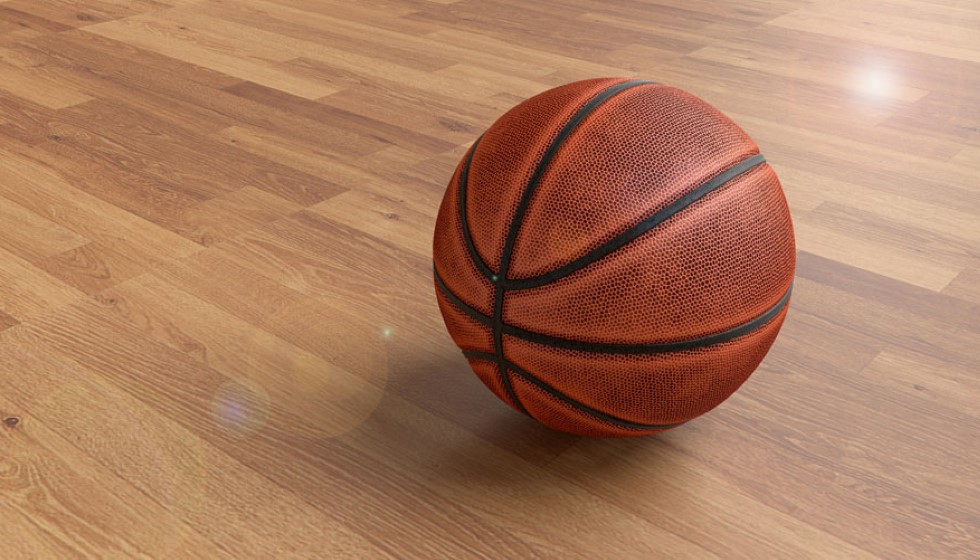
LeBron James: A Struggle Beyond the Arc
Basketball fans around the globe are scratching their heads as LeBron James, usually a paragon of scoring prowess, endures a notably rough patch from beyond the three-point line. In his latest setback, James has missed 19 consecutive three-point attempts over the past four games, drawing parallels to RJ Barrett's record for missing 21 consecutive shots from deep.
This slump is not just an isolated concern for the NBA veteran; it's a tangible issue affecting the Los Angeles Lakers' performance on the court. The team's recent defeat at the hands of the Timberwolves, marked by a lopsided score of 109-80, underscores the need for a strategic reassessment. Facing such challenges, the Lakers are compelled to rethink their reliance on James' long-distance shooting capabilities.
Game Against the Timberwolves: A Stark Reflection
The recent clash with the Timberwolves was a microcosm of James' current struggles. In that game, he failed to hit any of his four attempts from the three-point range. Furthermore, his performance from two-point territory was equally underwhelming, netting just 4-of-12 attempts. Despite the challenges, the basketball icon continued his remarkable streak of 1,243 consecutive games scoring in double digits, ending the night with 10 points.
While his tenacity is unquestionable, these numbers represent a stark contrast to LeBron's previous seasons. Last year, for instance, he managed a much healthier 41% from the three-point line. The decline is apparent and significant—not just in percentages, but also in their impact on the Lakers' win-loss record and overall team dynamics.
Beyond the Arc: LeBron's Offensive Shifts
The downturn in James’ shooting isn't confined to the three-point line alone. There's evidence suggesting that his overall scoring efficiency has dipped. He is converting 52.9% of his field goals off drives this season, down from 59.8% last year. His efficiency within the restricted area has also suffered, dropping from 73.3% to 67.9% this season.
Even his ability to capitalize on fast-break opportunities has seen a decline. While LeBron still ranks eighth in the NBA with 4.3 fast-break points per game, this figure pales compared to 5.1 from last season and 6.2 the year before. These statistics place James in the 54th percentile for points per possession during transition, emphasizing that while he's still an asset in this area, there's room for improvement by his standard.
Impact on the Team’s Strategy
Given these metrics, it's understandable that the Lakers are reassessing their game strategy. James' shooting woes have organizational ramifications, notably when the team has demonstrably outscored opponents by 15.9 points per 100 possessions without him on the court. This statistic presents both a challenge and an opportunity for the coaching staff: devising a way to maximize his current strengths while mitigating the impact of his weakened three-point shot.
Season Expectations vs Reality
James entered the season with the aspiration to participate in all 82 games, displaying his enduring commitment to his team and craft. Yet, the statistics from his opening 21 games, where he's averaged 22 points per game, contrast with the shadow of his rookie season average of 20.9 points per game. These figures prompt a reconsideration of both his role within the team and the expectations surrounding it.
The coming weeks will be pivotal for both LeBron and the Lakers. As the franchise star, James holds not only a torch for his storied career but also the hopes of Lakers fans worldwide. Whether these recent struggles are just a blip in a long season or indicate a more enduring shift in his game remains to be seen.
In sports, as in life, the capacity to adapt is crucial. LeBron James has defied odds many times before, and his resilience will be the key as he looks to adjust and overcome this current challenge on the road to yet another awe-inspiring chapter in his illustrious career.